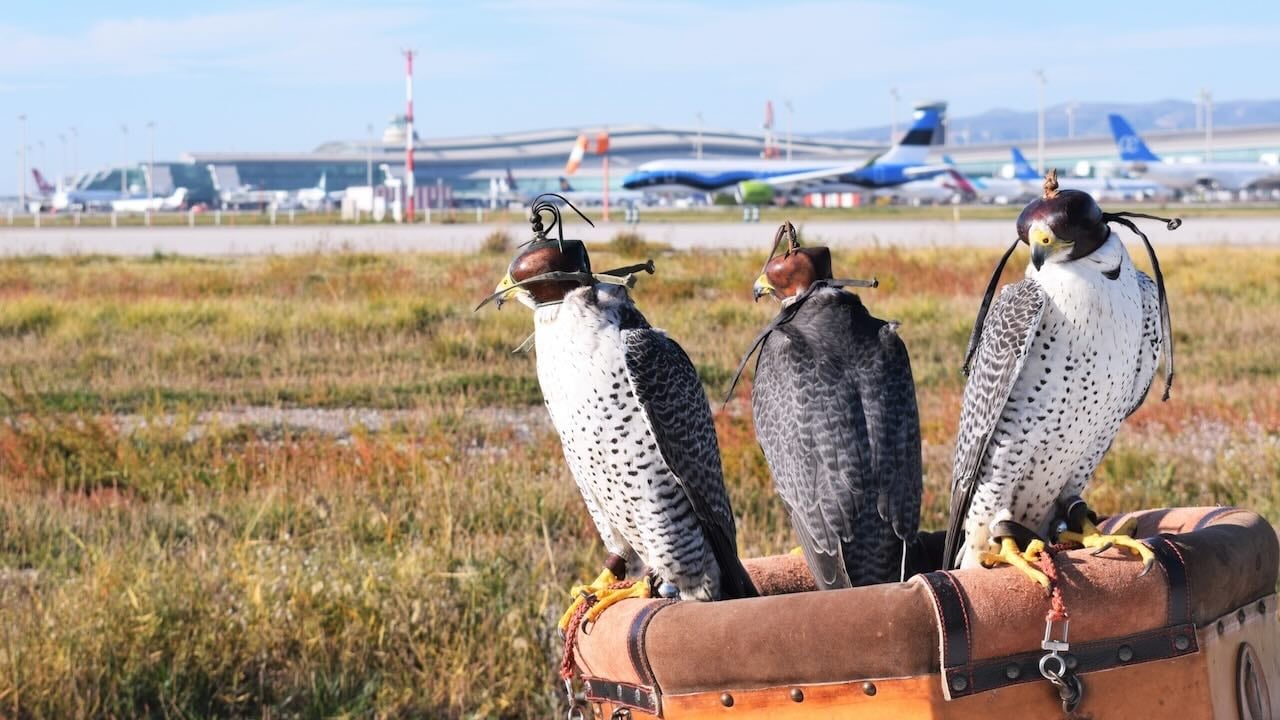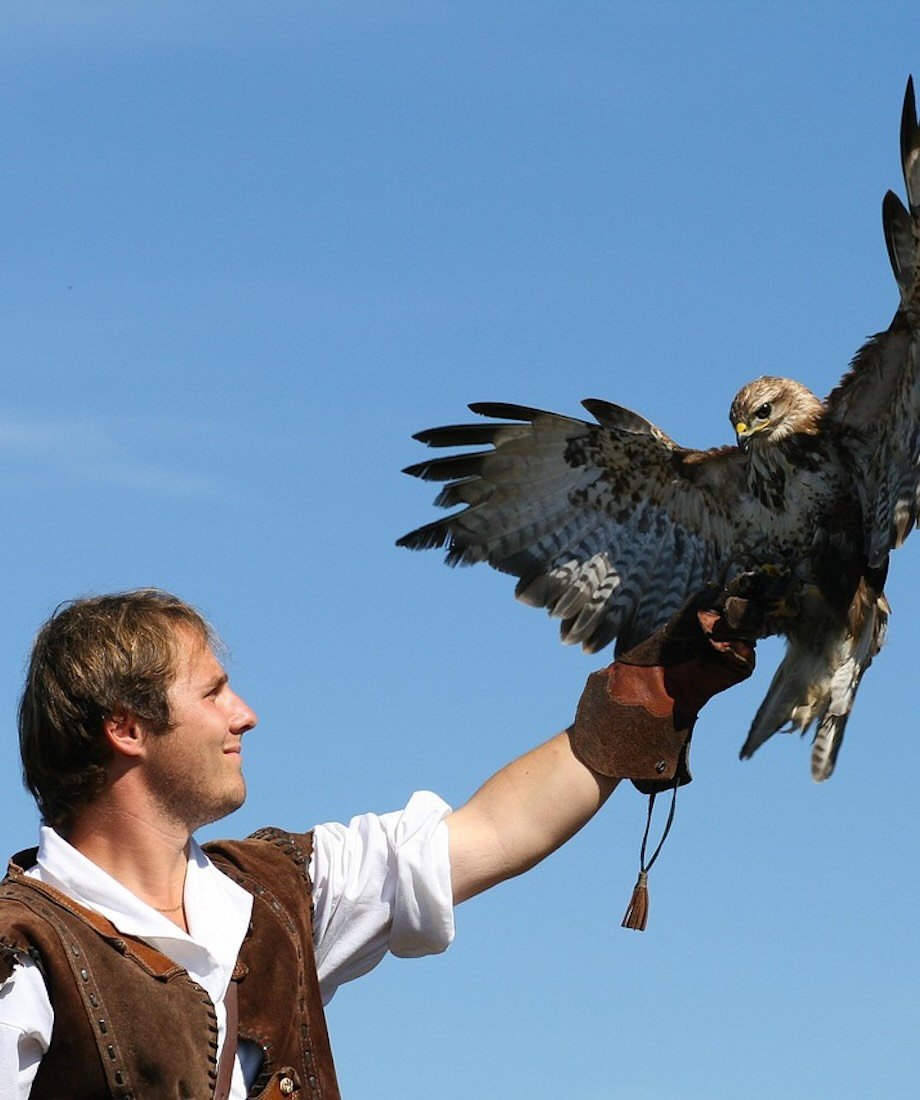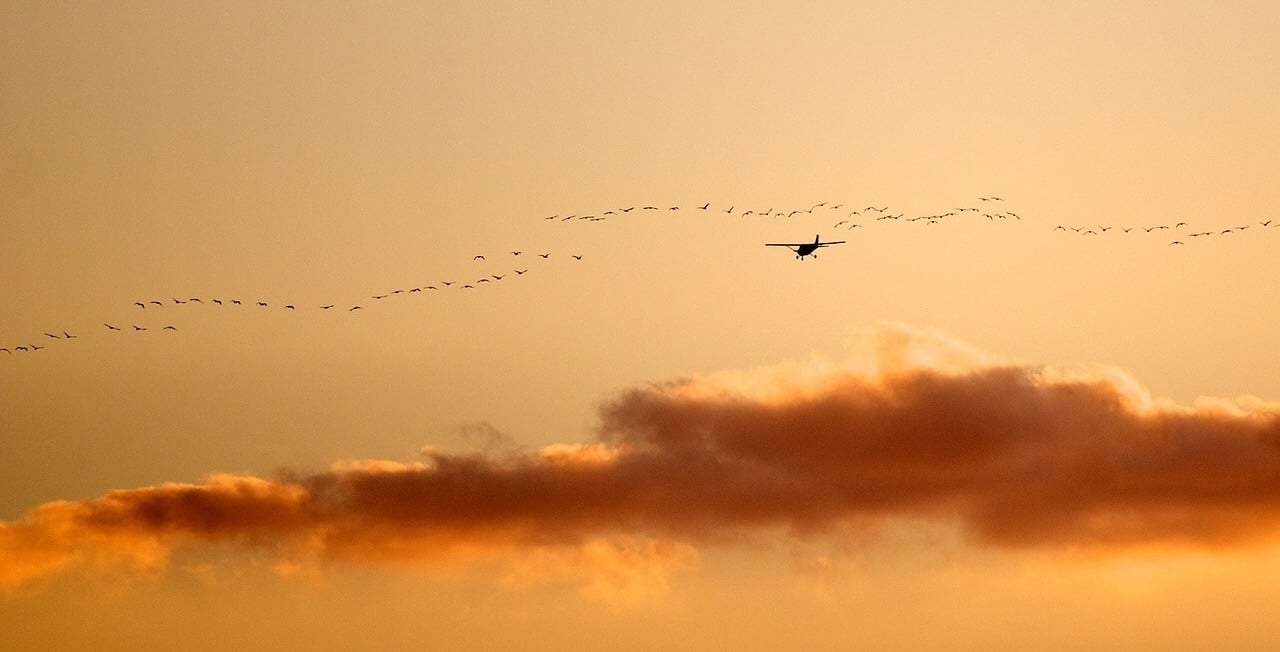You may not be aware, but the management of aviation safety is a complex affair, encompassing the bird control at airports. Why is this significant? We’re about to delve into that, with a specific focus on the role of falcons at airfields.
Aviation and ornithology are more interconnected than they might seem. We’ve previously discussed the parallels between birds and aeroplanes in our post. Here, we’ll explore an effective method of bird control near airport surroundings. Shall we begin?





